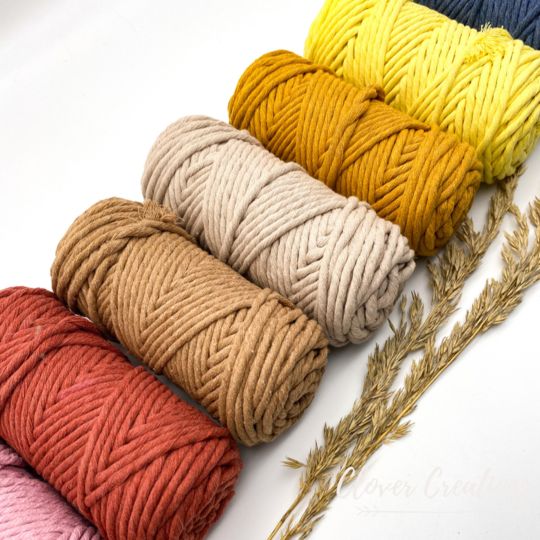Your cart is currently empty!
The History and Origins of Macramé Art
Macramé, the centuries-old craft of knotting cords into decorative patterns, has a rich history that spans cultures and continents. Its origins can be traced back to Arab weavers in the 13th century who used intricate knots to secure the loose ends of fabrics. The term “macramé” itself is derived from the Arabic word “migramah” which means fringes or embroidered fabrics. The technique soon spread to Europe after the Moorish conquest, especially through Spain, and became a popular decorative art in the courts of France and Italy in the 14th and 15th centuries. During the Victorian era in the 19th century, macrame saw a resurgence in popularity and became a fashionable hobby among women who made everything from lace to decorative household items such as tablecloths, bedspreads and curtains. During this period, the craft evolved into more intricate patterns and designs that reflected the decorative tastes of the time. Macramé traveled to the Americas via sailors who mastered knotting techniques on their long voyages and created decorative items such as hammocks, belts and fringes for their ships. These maritime influences further diversified the craft and helped spread its popularity around the world. The 1960s and 1970s saw another major revival of macrame as it became synonymous with the bohemian counterculture movement. During this time, the craft was widely associated with handmade home decorations and accessories such as plant hangers and wall art. Natural, free-flowing patterns made from materials like hemp and cotton resonated with the era’s emphasis on nature and self-expression. Today, macrame is experiencing a modern revival, mixing traditional knotting techniques with contemporary aesthetics. This ancient craft continues to evolve, embracing sustainability and eco-conscious design while maintaining its timeless appeal as a versatile and creative art form.
Recent Posts
- Modern Elegance Meets Gujarati Heritage: Macrame for New Year Decor
- History of Macrame Across Cultures: From Ancient Techniques to Modern Revival
- Threads of Tradition: Gujarat Macrame Ideas to Welcome the New Year
- Weaving New Beginnings: Gujarat Macrame Decor for a Stylish New Year
- Winter Wonderland: Using Macrame to Create a Cozy Christmas Vibe
Archive
Tags
.macrame art Artisan journey Beginners guide Bohemian home decor Community empowerment Custom macrame DIY macrame decor easy macrame projects Festive decoration Garba accessories Gujarat artisans Gujarat craft Gujarat handmade Gujarat India Gujarat macrame artisans Handicrafts handmade Handmade curtains Handmade decorations Handmade Gujarat Handmade products High-quality macrame Home decor home décor trends Innovative macrame Karva chauth home decor Local artisans Local craft Local products macrame art for beginners Macrame curtains Macrame Knots Macrame potli Macrame process Macrame products Macrame tools Macrame torans macrame Wall décor macrame wall hangings Materials for beginners Modern home decor Navratri fashion Personalized macrame Personalized products Sustainable Navratri decor

